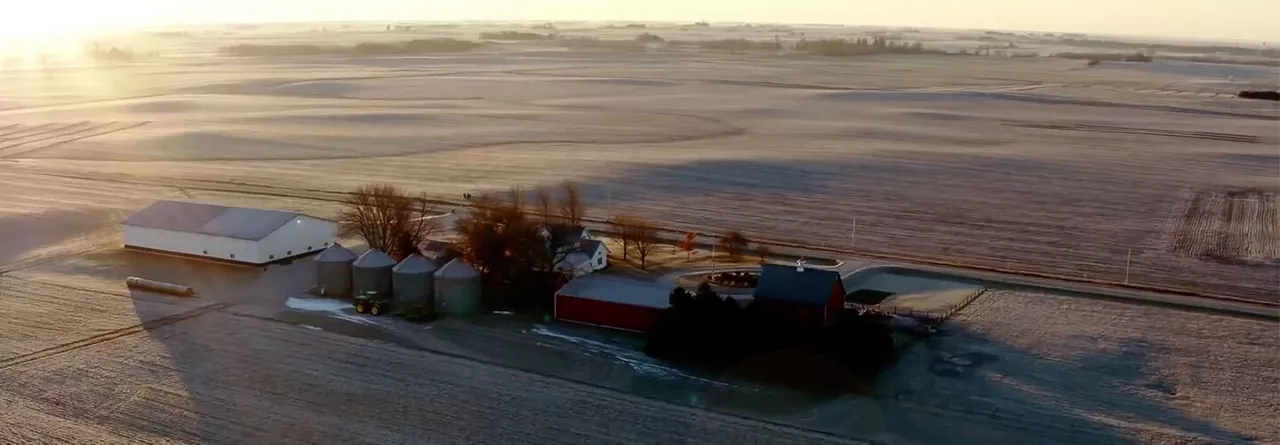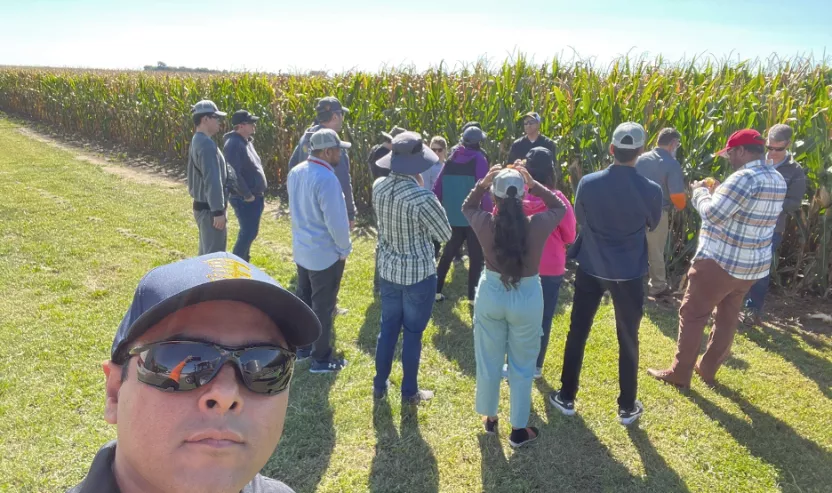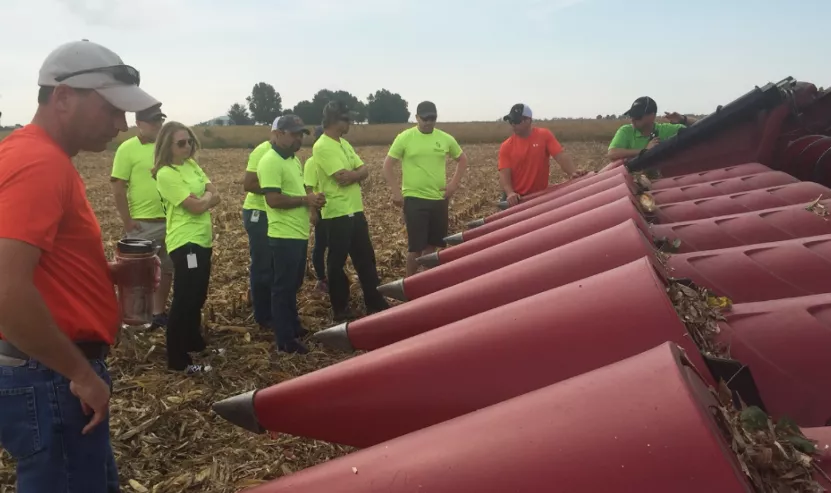
A Successful Spring Starts in the Winter: A Planning Season Checklist
Every good plan starts with a checklist. Here are some to-dos we recommend checking off for a productive planning season.
Just like your machinery needs the right fuel in order to function, any digital farming platform depends on high quality data to do its job well. There are simple steps you can take to maintain your data integrity so that you—and FieldView—can optimize your results and take your operation to the next level.

We often approach FieldView wondering how it can benefit us. But like any other system, what we get out of it depends on what we put into it. Of course, I’m talking about data. Just like your machinery needs the right fuel in order to function, any digital farming platform depends on high quality data to do its job well. The best part of this equation is that there are simple steps you can take to maintain your data integrity so that you—and FieldView—can optimize your results and take your operation to the next level.

One of the most fulfilling parts of my work at Climate is working alongside my Data Research Engineering team to solve real-world challenges farmers face in the field every day.
You might be surprised to learn that farmers aren’t the only ones who use and benefit from FieldView. In fact, data scientists like me at the Climate office also use FieldView to assess and improve Bayer’s product innovations. To do this, my colleagues across our Climate Science team invest in, design, execute and assess numerous highly-controlled research experiments per year alongside our network of internal and contract farmers. It’s an immense undertaking, but FieldView helps keep us all on the same page by providing plug-and-play planting prescriptions via the FieldView Cab app, evaluating in-field performance through yield analysis reports and even improving how we collectively harness the power of field data.

Just like your farming equipment, farm data is a tool that helps you accomplish more for your operation. That’s why our team is always working to improve how you—and your machinery—gather, process and act on your unique farm data.
Just like on your farm, the success of our studies is either driven or limited by the integrity of our data. And even the most exacting experiments can run into challenges when it comes to accessing high quality data. That’s why I’ve compiled some of the many tips and tricks we’ve picked up along the way to help you maintain your data integrity and accomplish more on your farm with FieldView. Here’s what’s worked for us:
When it comes to assessing your field performance, it’s really best to color inside the lines. After all, if your field boundaries are inaccurate, your end-of-season yield analysis might go off the map as well, leaving you little insight to improve your strategy for the coming seasons.

Your field data has no expiration date, which is why it’s always a good idea to upload any previous or missing data. All it takes is a couple clicks in your Data Inbox and you’ll have all the information you need—past and present—right at your fingertips. It’s also important to log your information correctly. For example, entering the generic name of a hybrid/variety won’t provide the same level of detail or insight compared to using the actual name of the specific hybrid/variety. While it’s best to accurately log your data as you go, you can also retroactively enhance or correct this info using the Fix Data option through Climate.com. These steps are essential for evaluating your hybrid/variety performance, test strips, planting density trials and countless other tests you might run in your fields.

One of the best parts about using digital tools is that they’re always improving. That’s why it’s important to ensure all of your hardware is operating properly before harvest to make the most of improved features and new capabilities that can make your workload more efficient—and fulfilling.

Don’t risk crossing wires, even in a cloud-based platform. Before we conduct any trials, we ensure that all of our equipment is configured for accurate readings, such as properly calibrating your combine for grain flow, moisture delay or other criteria. Furthermore, we recommend syncing all of your compatible devices to enable an uninterrupted flow of raw data between them, such as setting up your combine in the FieldView Cab app.

With FieldView, you’re always in control of your field data. So before you share it with any of your trusted agronomic partners, it helps to review your sharing settings to ensure that you’re granting the right access to the right people.
FieldView keeps us accountable to our goals and aspirations. For some, that means highlighting where they succeed throughout the season. For others, it helps identify opportunities for improvement during their day to day. But regardless of how you use it, data integrity is the key to accomplishing more through your work.
Through countless trials and errors, our team has learned a lot about how to overcome the data challenges we encounter to support our internal research and product development. I hope that by sharing what we’ve discovered, our experiences can help you hone your approach to collecting higher quality data. Because ultimately, nothing is more valuable than being able to run your own experiments on your farm to glean accurate insights about precisely what your operation needs in order to grow.